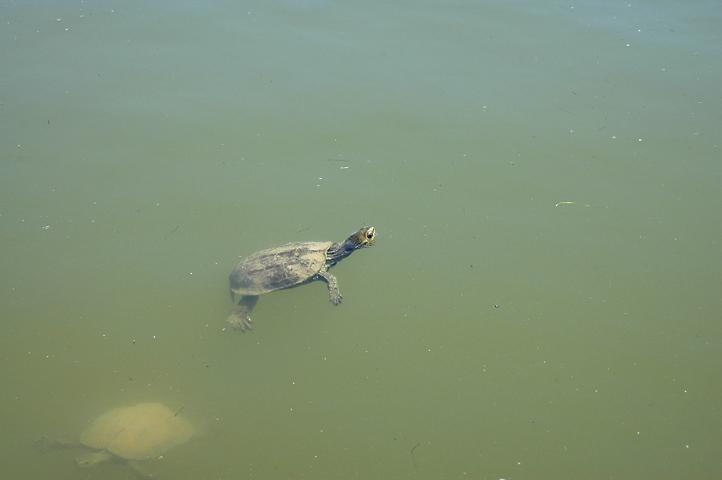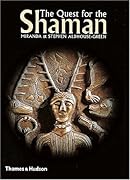<< Our Photo Pages >> Kato Zakros - Ancient Palace in Greece in Crete
Submitted by Klingon on Monday, 31 October 2011 Page Views: 9424
Neolithic and Bronze AgeSite Name: Kato Zakros Alternative Name: Κατω ΖακροςCountry: Greece Region: Crete Type: Ancient Palace
Nearest Town: Zakros Nearest Village: Kato Zakros
Latitude: 35.098000N Longitude: 26.261000E
Condition:
| 5 | Perfect |
| 4 | Almost Perfect |
| 3 | Reasonable but with some damage |
| 2 | Ruined but still recognisable as an ancient site |
| 1 | Pretty much destroyed, possibly visible as crop marks |
| 0 | No data. |
| -1 | Completely destroyed |
| 5 | Superb |
| 4 | Good |
| 3 | Ordinary |
| 2 | Not Good |
| 1 | Awful |
| 0 | No data. |
| 5 | Can be driven to, probably with disabled access |
| 4 | Short walk on a footpath |
| 3 | Requiring a bit more of a walk |
| 2 | A long walk |
| 1 | In the middle of nowhere, a nightmare to find |
| 0 | No data. |
| 5 | co-ordinates taken by GPS or official recorded co-ordinates |
| 4 | co-ordinates scaled from a detailed map |
| 3 | co-ordinates scaled from a bad map |
| 2 | co-ordinates of the nearest village |
| 1 | co-ordinates of the nearest town |
| 0 | no data |
Internal Links:
External Links:
I have visited· I would like to visit
Kuba would like to visit
Klingon visited - their rating: Cond: 3 Amb: 5 Access: 4
sem have visited here
The first period was constructed around 1900 BC (during the same period as the Palace of Knossos) and the more recent construction is from around the year 1600 BC.
The first archaeological excavations in Zakros, which began in the year 1900 and were carried out by the English Archaeological School, uncovered about 10 houses from the Late Minoan period and many interesting ceramic fragments, copper items from the prehistoric period and others, considered to be among the most important discoveries on Minoan civilisation.
During WWII excavations stopped and were not resumed until 1961 by Greek archaeologist Nikolaos Platon, and they are still continuing today.
Note: New research on Zakros Palace among 600 papers presented at International Cretological Congress
You may be viewing yesterday's version of this page. To see the most up to date information please register for a free account.




Do not use the above information on other web sites or publications without permission of the contributor.
Click here to see more info for this site
Nearby sites
Click here to view sites on an interactive map of the areaKey: Red: member's photo, Blue: 3rd party photo, Yellow: other image, Green: no photo - please go there and take one, Grey: site destroyed
Download sites to:
KML (Google Earth)
GPX (GPS waypoints)
CSV (Garmin/Navman)
CSV (Excel)
To unlock full downloads you need to sign up as a Contributory Member. Otherwise downloads are limited to 50 sites.
Turn off the page maps and other distractions
Nearby sites listing. In the following links * = Image available
362m W 265° Gorge of the Dead* Natural Stone / Erratic / Other Natural Feature
3.7km SW 217° Choiromandres Ancient Village or Settlement
3.9km WNW 285° Apo Zakros* Ancient Village or Settlement
7.0km SSW 202° Xerokambos* Ancient Village or Settlement
10.0km N 9° Petsophas Ancient Temple
10.9km N 7° Palaikastro* Ancient Village or Settlement
15.0km NW 317° Agia Photia* Ancient Village or Settlement
15.7km W 280° Praisos Ancient Village or Settlement
15.7km WNW 296° Zou (Crete)* Ancient Village or Settlement
16.4km NW 313° Trypitos* Ancient Village or Settlement
17.3km NW 310° Petras Ancient Village or Settlement
17.6km W 273° Farmakokefalo* Rock Cut Tomb
17.6km NW 306° Klimataria* Ancient Village or Settlement
18.4km N 1° Itanos.* Ancient Village or Settlement
18.5km NW 310° Archaeological Museum Sitia* Museum
18.5km WNW 292° Platyskinos* Passage Grave
18.9km WNW 295° Achladia* Ancient Village or Settlement
23.4km WNW 289° Chamaizi* Ancient Village or Settlement
24.8km NW 305° Papadiokampos Ancient Village or Settlement
27.6km WSW 256° Makry Gialos Minoan Villa* Ancient Village or Settlement
33.7km WNW 287° Mochlos (Island)* Ancient Village or Settlement
33.9km WNW 287° Mochlos (Mainland)* Ancient Village or Settlement
35.8km W 272° Kastro (Crete) Ancient Village or Settlement
35.9km W 274° Azoria* Ancient Village or Settlement
36.7km W 272° Vronda* Ancient Village or Settlement
View more nearby sites and additional images






 We would like to know more about this location. Please feel free to add a brief description and any relevant information in your own language.
We would like to know more about this location. Please feel free to add a brief description and any relevant information in your own language. Wir möchten mehr über diese Stätte erfahren. Bitte zögern Sie nicht, eine kurze Beschreibung und relevante Informationen in Deutsch hinzuzufügen.
Wir möchten mehr über diese Stätte erfahren. Bitte zögern Sie nicht, eine kurze Beschreibung und relevante Informationen in Deutsch hinzuzufügen. Nous aimerions en savoir encore un peu sur les lieux. S'il vous plaît n'hesitez pas à ajouter une courte description et tous les renseignements pertinents dans votre propre langue.
Nous aimerions en savoir encore un peu sur les lieux. S'il vous plaît n'hesitez pas à ajouter une courte description et tous les renseignements pertinents dans votre propre langue. Quisieramos informarnos un poco más de las lugares. No dude en añadir una breve descripción y otros datos relevantes en su propio idioma.
Quisieramos informarnos un poco más de las lugares. No dude en añadir una breve descripción y otros datos relevantes en su propio idioma.